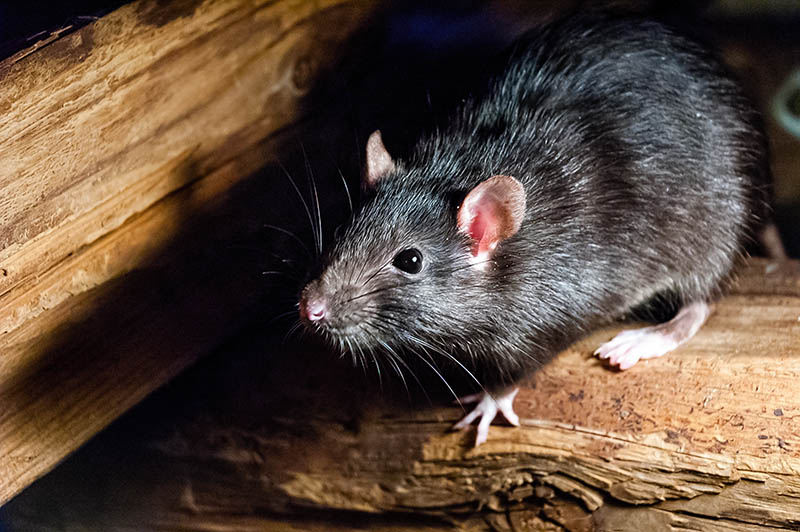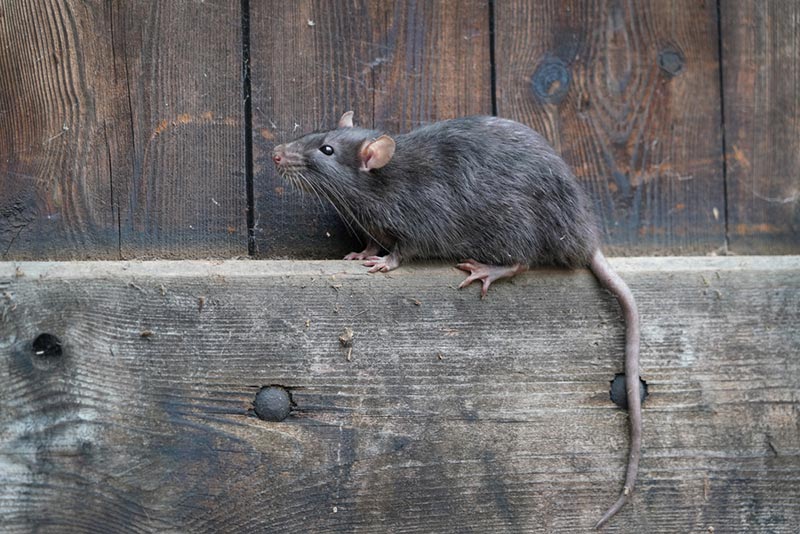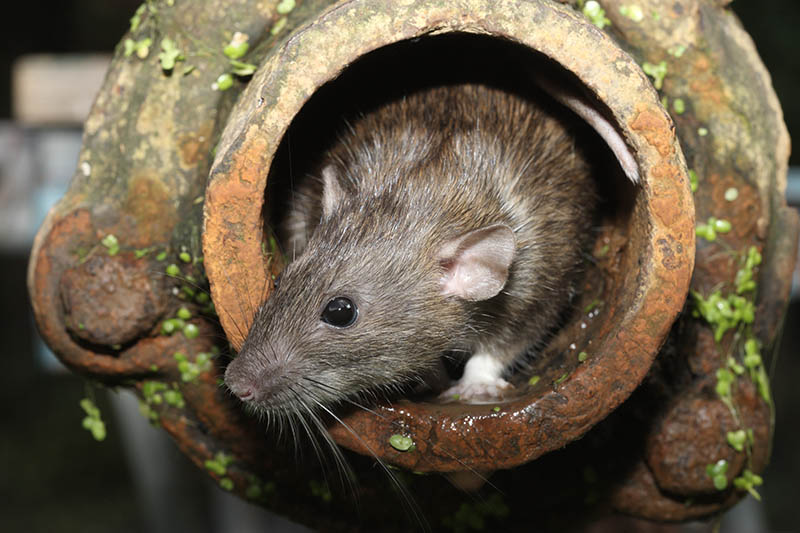3 Types of Rats in Arkansas (With Pictures)
-
Brooke Billingsley
- Last updated:

Rats are greatly misunderstood animals that are highly intelligent and social. However, that doesn’t mean that you want them in your home, garage, shed, or barn.
Getting rid of rats can be difficult, especially if you have lots of food sources for them, like grains and pet food. To better help you take care of the rats on your property, you need to understand what types of rats you might have and the differences between the rats in Arkansas.
The 3 Types of Rats in Arkansas
1. Brown Rat

| Size: | 16 inches |
| Diet: | Omnivorous |
| Preferred Environment: | Urban environments |
The brown rat has a lot of names, including the Norway rat, Parisian rat, sewer rat, wharf rat, and Hanover rat. It is one of the most common rats in Arkansas, and is the most common rat in the world, living essentially everywhere that humans do.
These rats prefer to hang out in urban environments, and they’re the rats most commonly associated with sewers. They’re omnivorous rats that will eat just about anything they can get their paws on. They can grow up to 16 inches in length, which makes them totally unmistakable as rats and not mice.
2. Eastern Woodrat
| Size: | 8–9 inches |
| Diet: | Herbivorous |
| Preferred Environment: | Woodlands, swamps, hedges |
The Eastern woodrat is a medium-sized rat that is primarily herbivorous in nature, often eating things like berries, grasses, fungi, and green vegetation. There are a variety of pack rats, and they are known to dig extensive nests. These nests typically have one visible entrance, but they have multiple hidden exits, allowing the rat an escape in case of an emergency or attack.
You might find these rats around wood piles and junk piles, so try to keep the junk picked up around your house, yard, and barn to keep these rats away.
3. Black Rat

| Size: | 8 inches |
| Diet: | Omnivorous |
| Preferred Environment: | Roofs, trees, lofts |
The black rat is also known as the roof rat and ship rat. This medium-sized rat is not indigenous to the United States and is believed to have originated on the Indian subcontinent. They have become naturalized in many parts of the US, including Arkansas.
These rats like to find high-up places to build their nests, and they are not unusual to find nested in roof spaces. They may also build their nests in trees and lofts; some nests have even been found on telephone poles.
They are omnivorous rats whose diet primarily focuses on grains, fruits, nuts, and seeds, with the occasional invertebrate-like insects.
Are Rats Dangerous?
Unfortunately, rats are more than just a nuisance animal. Wild rats can carry multiple diseases that can impact domestic animals, as well as zoonotic diseases that can make humans sick. They are vectors of diseases like hantavirus, lymphocytic choriomeningitis, and leptospirosis.
Leptospirosis usually impacts non-human mammals, like raccoons and dogs, but it is contagious to humans. Rats are also capable of transmitting diseases via parasites, including Lyme disease, murine typhus, and plague, which is endemic to the American Southwest.
Conclusion
If you’re having a rat problem, it’s best to consult an exterminator to see what your next steps should be. Due to the risk of disease transmission, you should not handle wild rats that you capture or kill. There are multiple ways to exterminate rats, but many of them are not safe for pets, so discuss these concerns with the exterminator.
If you’re able to determine which type of rat you have, you can become proactive in preventing further infestation by blocking off the ways that the rats are entering the property, like crawlspaces and attics. Keep things neatly stored and put away in sturdy boxes. By eliminating piles of things and keeping nesting materials out of reach of rats, you will reduce the risk of further infestations.
Featured Image Credit: Carlos Aranguiz, Shutterstock
Contents
